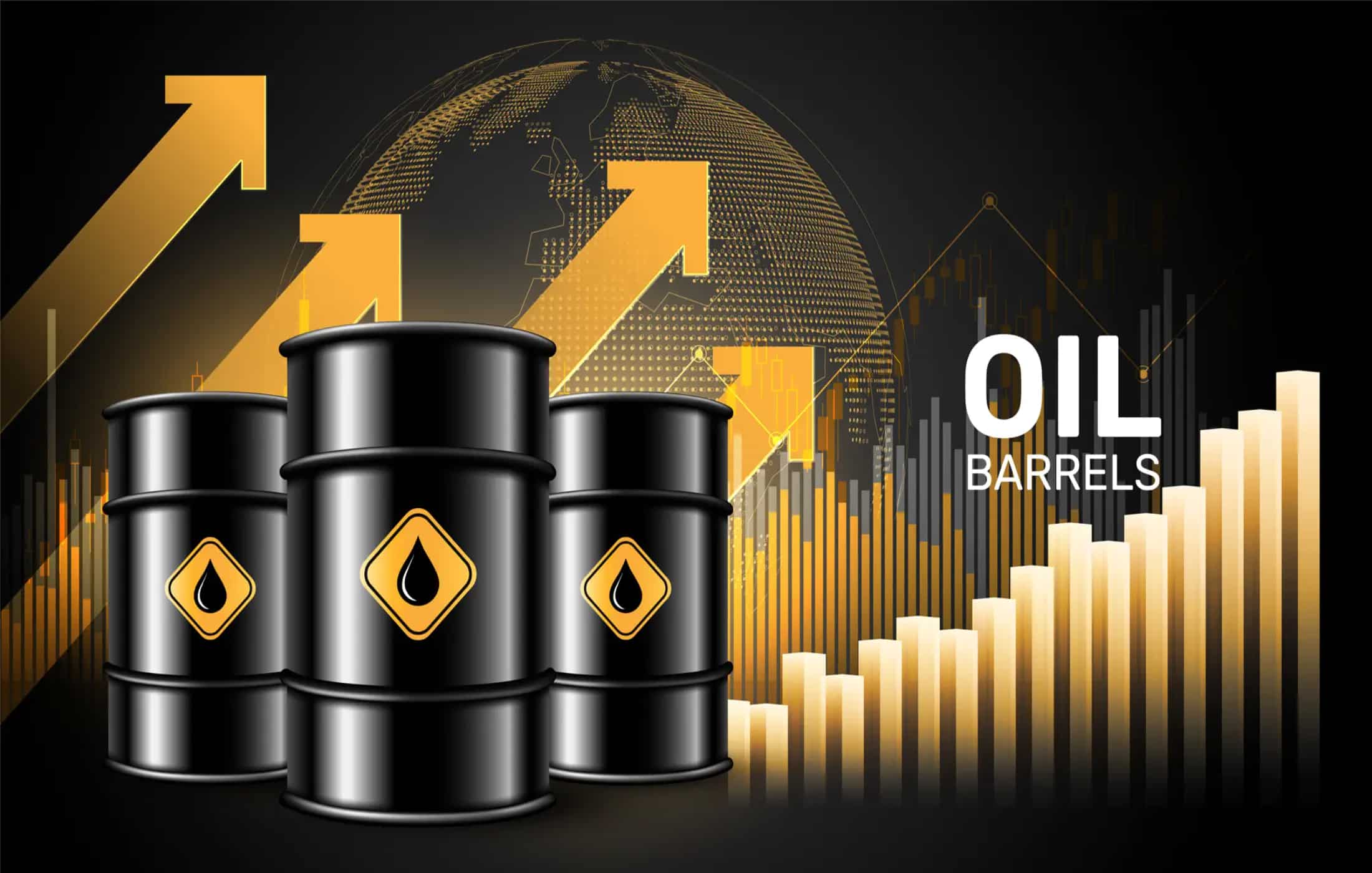Crude oil rises 2% as the IEA predicts increased demand in 2022

Crude oil prices rose by more than $2 on Thursday after the International Energy Agency (IEA) revised its prediction for demand growth this year.
Brent crude prices increased $2.20, or 2.3 percent, to $99.60 per barrel, while West Texas Intermediate (WTI) crude futures rose $2.41, or 2.6 percent, to $94.34 per barrel.
The IEA predicted in the latest monthly edition of its flagship Oil Market Report that global crude oil consumption would climb by 2.1 million barrels per day this year, owing to the shift from gas to oil for electricity generation.
The new figure is 380,000 barrels per day, greater than the previous monthly estimate. It also implies that the IEA anticipates global oil demand to average 99.7 million barrels per day this year.
According to the IEA, supply already exceeds demand, reaching 100.5 million barrels per day in a month, with OPEC+ production increasing by 530,000 barrels per day by the production increase agreement and non-OPEC+ output increasing by 870,000 barrels per day.
“With several regions experiencing blazing heatwaves, the latest data confirm increased oil burn in power generation, especially in Europe and the Middle East but also across Asia,” the International Energy Agency said in its report. “Fuel switching is also taking place in European industry, including refining,” it said.
The agency also revised its forecast for oil supply for the full year, noting a smaller than expected decline in Russian oil production and exports.
By contrast, OPEC cut its 2022 forecast for growth in world oil demand, citing the impact of Russia’s invasion of Ukraine, high inflation, and efforts to contain the pandemic.
OPEC expects 2022 oil demand to rise by 3.1 million barrels per day, down 260,000 barrels per day from the previous forecast. It still sees a higher global oil demand figure than the IEA for 2022.
OPEC+, however, is not eager to tap into this effective spare capacity, which would diminish the group’s power to respond to market emergencies with increased production.
After OPEC+’s last meeting in early August, OPEC+ referred to its “severely limited” spare capacity, which should be used with “great caution in response to severe supply disruptions”, reinforcing the IEA’s predictions that additional OPEC+ output increases are unlikely in the coming months.






